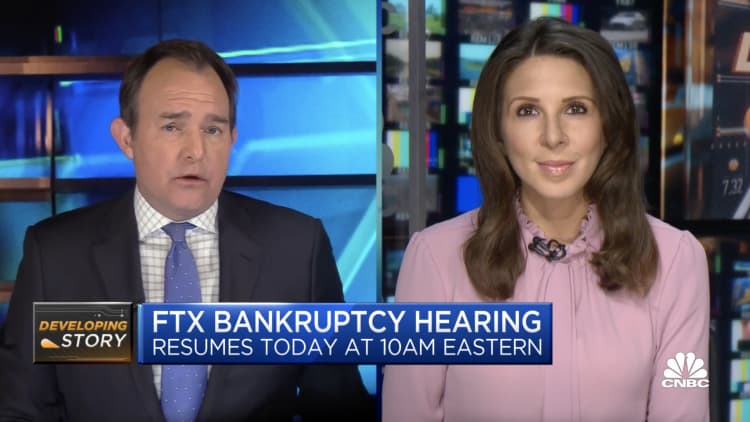How Sam Bankman-Fried ran $8 billion fraud: Government prosecutors

Before his surprise Monday night arrest, Sam Bankman-Fried had apologized for everything he could think of, to everyone who would listen. In a leaked draft of his aborted House testimony, he wrote that he was truly, for his entire adult life, “sad.” He “f—– up,” he tweeted, and wrote, and said.
He told Bahamas regulators he was “deeply sorry for ending up in this position.” But when Bankman-Fried was escorted out of his penthouse apartment in Nassau in handcuffs, it still wasn’t clear what he was apologizing for, having stridently denied committing fraud to CNBC’s Andrew Ross Sorkin, ABC News’ George Stephanopoulos, and across Twitter for weeks.
But the day after his arrest, federal prosecutors and regulators unsealed dozens of pages of filings and charges that accused Bankman-Fried of not just having perpetrated a fraud, but having done so “from the start,” according to a filing from the Securities Exchange Commission
Far from having “f—– up,” SEC and Commodity Futures Trading Commission regulators, alongside federal prosecutors from the United States Attorney’s Office for the Southern District of New York, allege that Bankman-Fried was at the heart — indeed, the driver — of “one of the biggest financial frauds in American history,” in the words of U.S. Attorney Damian Williams. The allegations against Bankman-Fried were assembled with stunning speed, but offer insight into one of the highest-profile fraud prosecutions since Enron.
Bankman-Fried founded his crypto hedge fund Alameda Research in November 2017, renting office space in Berkeley, California. The scion of two Stanford law professors, Bankman-Fried had graduated from MIT, worked at the prestigious quantitative trading firm Jane Street Capital, and had broken into cryptocurrencies with a MIT classmate, Gary Wang.
Alameda Research was essentially an arbitrage shop, purchasing bitcoin at a lower price from one exchange and selling it for a higher price at another. Price differences in South Korea versus the rest of the world allowed Bankman-Fried and Wang to profit tremendously from what was nicknamed “the kimchi swap.”
In April 2019, Bankman-Fried and Wang — along with U.C. Berkeley graduate Nishad Singh — founded FTX.com, an international cryptocurrency exchange that offered customers innovative trading features, a responsive platform, and a reliable experience.
Federal regulators at the CFTC say that just a month after founding FTX.com, Bankman-Fried, “unbeknownst to all but a small circle of insiders,” was leveraging customer assets — specifically, customers’ personal cryptocurrency deposits — for Alameda’s own bets.
Rehypothecation is the term for when businesses legally use customer assets to speculate and invest. But Bankman-Fried didn’t have permission from customers to gamble with their funds. FTX’s own terms of use specifically forbade him, or Alameda, from using customer money for anything — unless the customer allowed it.
And from FTX’s…
Read More: How Sam Bankman-Fried ran $8 billion fraud: Government prosecutors


